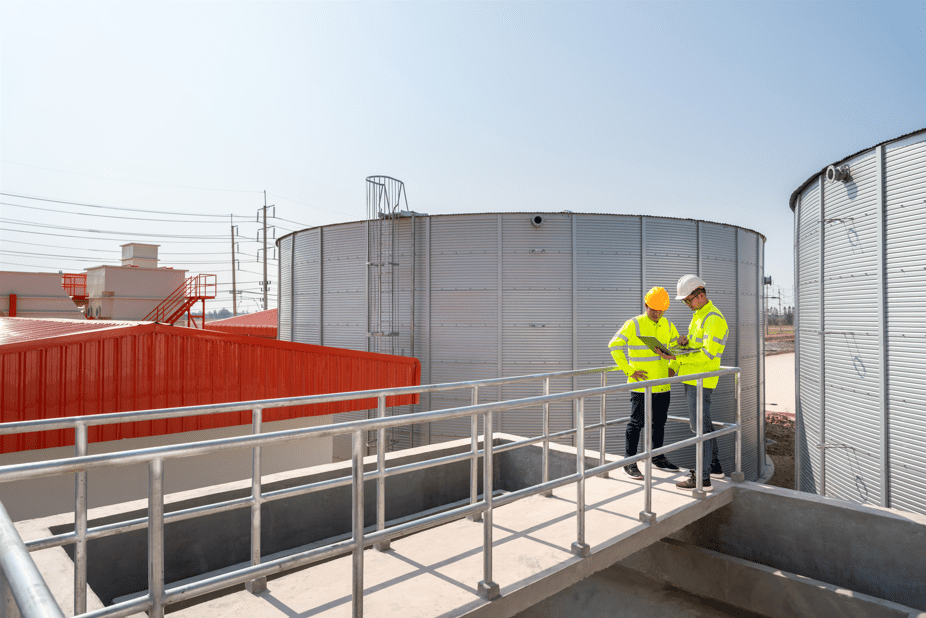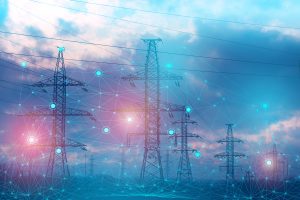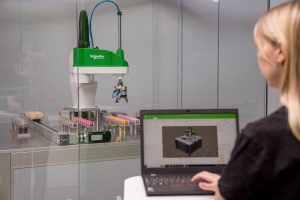
As I have recently written, software-defined automation (SDA) is fast becoming a compelling way to accelerate digital transformation and the energy transition in many industrial sectors. The long-standing challenge has been that aging infrastructure is at the mercy of traditional vendor-specific automation systems, making it difficult to modernize operations or improve the industrial plant’s energy efficiency profile.
In other words, original equipment manufacturers (OEMs) and end users struggle with the portability, interoperability, and flexibility they need to upgrade industrial infrastructure, adapt to changing conditions, optimize resource and energy efficiency, or overcome supply chain constraints. Software-defined automation promises an unprecedented level of flexibility, efficiency, and scalability, as it shifts machine intelligence to the software level — from the hardware layer historically locked by proprietary communication protocols.
The need for SDA is especially acute in the water and wastewater industry. In the United States, the average age of water treatment plants is 45 years old. Globally, traditional water/wastewater infrastructure simply cannot handle the expected growth of urban areas, with experts suggesting that 60% of the world’s population will live in urban areas by 2030 (up from 46% in 2020), driving up urban demand for water “by 80% within the next three decades.” Consider, too, that existing infrastructure cannot move forward municipal goals for more resource- and energy-efficient operations.
Facing global warming, water scarcity, aging infrastructure, and high operational costs, water utilities must evolve. Acting now is imperative. Did you know, for instance, that studies indicate that between 14 percent and 18 percent of treated water is lost per day due to water pipeline leaks? That loss is unacceptable, especially as droughts continually threaten water availability. In addition, in the U.S. alone, 81% of the nation’s 16,000+ wastewater treatment plants are running at their design capacities, while 15% have reached or exceeded it. Globally, the United Nations reports that about 2 billion people do not even have access to safely managed drinking water, often due to aging infrastructure.
Paving the way ahead with SDA breakthroughs
I am pleased to share that Schneider Electric has embarked on a technological mission to address these challenges, which require bold steps that bring together process automation, power, and sustainability. We are achieving these goals by placing automation at the core of digital transformation with EcoStruxure™ Automation Expert.
Based on universal automation technology, this software-defined industrial automation platform delivers efficiency improvements and sustainability outcomes for water and wastewater utilities as OEMs empower them to modernize, improve operational and resource efficiencies, and adapt to environments that are always changing due to unpredictable, extreme weather events.
EcoStruxure™ Automation Expert’s system-based approach allows for hardware independence, giving end users flexibility with navigating supply chain issues and upgrading or scaling plants. It shifts the logic and intelligence traditionally embedded in the hardware itself (at the asset level) to software (at the system level).
Traditional automation vs. Software-defined automation
| Automation at asset level | Automation at systems level |
| Machine intelligence in hardware | Machine intelligence in software |
| Process automation | Process automation + power |
| Closed systems | Open systems |
| Vendor-dependent | Vendor-agnostic |
| Rigid | Flexible |
| Challenging production changes | Fast and agile production changes |
Accelerating progress through partnership
By collaborating with OEMs, Schneider enables industrial and domestic wastewater end users to take better control of the lifecycle management of systems. For example, Royal HaskoningDHV — an independent consultancy that integrates digital technologies and software solutions to design, safeguard, and maintain the built environment — works with Schneider as a preferred supplier for its Nereda® wastewater treatment solution. Specifically, the solution combines the SDA capabilities of EcoStruxure™ Automation Expert with the Nereda technology to develop the next generation of Nereda Process Control.
This control system will improve plant process efficiency and allow wastewater customers to have complete lifecycle management, seamless integration of IT/OT services, and improved system diagnostics for their automation systems. The solution makes it easy for OEMs to integrate advanced IT applications, tools, and technologies to achieve greater hardware flexibility and asset-based maintenance — all of which improves sustainability and resilience in wastewater treatment plants.
Overcoming efficiency roadblocks
By decoupling software from hardware, EcoStruxure Automation Expert allows users to make system modifications or upgrades quickly and easily. Given that it is a universal automation solution, EcoStruxure Automation Expert is portable to almost any open hardware, all closed hardware embedding universal automation technology, and interoperable with almost any industrial automation solution.
Why is this flexibility so important for the water/wastewater industry? Since the average water treatment plants have been in use for the last 25 to 35 years (and even longer), universal automation solutions free water companies from the known constraints of closed, proprietary, legacy hardware. Based on the IEC 61499 standard for interoperability, EcoStruxure Automation Expert can solve specific end-user problems that traditional infrastructure cannot handle (e.g., by gaining system-level visibility of water leaks and energy consumption). OEMs and end users can use existing automation solutions, new ones, or a combination of both — regardless of who makes the equipment.
EcoStruxure Automation Expert enables OEMs and end users to:
- Adapt quickly to changing energy landscapes and operational needs;
- Shorten lead times while enhancing maintenance processes;
- Reduce operating costs by simplifying and speeding up any system changes;
- Improve operational flexibility through modularization; and
- Simplify the use of artificial intelligence (AI) and machine learning (ML) methods.
Both OEMs and the water companies themselves are seizing the opportunity for efficiency gains in the new automation landscape. For example, Dr. Jogi Varma, Vice President, Anada Aqua, has confirmed “a 5% increase in operational efficiency” so far.
Indeed, the future of the water/wastewater industry is here, today, with the advent of software-defined automation, as perfected and delivered by EcoStruxure Automation Expert. Let’s act now to achieve all outcomes SDA promises for operational and energy efficiencies and plant flexibility.
Learn more in our eGuide: Revolutionizing water treatment plants by unleashing efficiency
and sustainability through software-defined automation




Add a comment